Tag: therapy
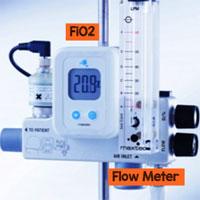
High Flow Nasal Cannula (HFNC) – Part 1: How It Works
The use of heated and humidified high flow nasal cannula (HFNC) has become increasingly popular in the treatment of patients with acute respiratory failure through all age groups. I first started using it as a pediatric intensive... read more

Effect of procalcitonin-guided antibiotic treatment on clinical outcomes in ICU patients with infection and sepsis patients
Procalcitonin-guided antibiotic treatment in ICU patients with infection and sepsis patients results in improved survival and lower antibiotic treatment duration. Mortality in the 2252 procalcitonin-guided patients was significantly... read more
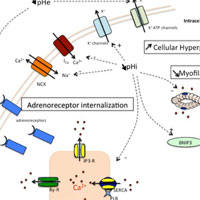
Hemodynamic Consequences of Severe Lactic Acidosis in Shock States
Deleterious hemodynamic effects of severe lactic acidosis are largely suggested by experimental data, although not fully confirmed by human studies. Pending the effectiveness of an etiological treatment, there is no efficient... read more

Legacy Emanuel Medical Center Plants With Purpose
The benefits of access to nature have been shown in a variety of settings and contexts, notes Roger S. Ulrich, an international leader in evidence-based healthcare design and a consultant to Legacy Health’s therapeutic... read more
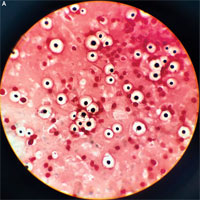
Cryptococcus Neoformans Meningoencephalitis
A 36-year-old man presented to the emergency department with a 2-week history of fever, headache, drowsiness, and photophobia. He was previously healthy and was sexually active with men. The physical examination was notable... read more
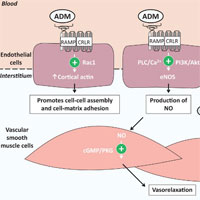
Vascular Effects of Adrenomedullin and the Anti-Adrenomedullin Antibody Adrecizumab in Sepsis
Sepsis remains a major scientific and medical challenge, for which, apart from significant refinements in supportive therapy, treatment has barely changed over the last few decades. During sepsis, both vascular tone and vascular... read more
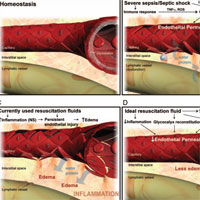
Choice of Fluid Therapy in the Initial Management of Sepsis, Severe Sepsis, and Septic Shock
Sepsis results in disruption of the endothelial glycocalyx layer and damage to the microvasculature, resulting in interstitial accumulation of fluid and subsequently edema. Fluid resuscitation is a mainstay in the initial... read more
Medications and RRT: We Know How to Dose, Right?
Dr. Fraser, MD, speaks with Bruce A. Mueller, PharmD, FCCP, FASN, about his talk presented at the 47th Critical Care Congress in San Antonio, Texas, entitled "Artificial Kidney Meets Mechanical Lung: Comanaging the Patient... read more

Sodium Bicarbonate Therapy for Patients with Severe Metabolic Acidaemia in the ICU
In patients with severe metabolic acidaemia, sodium bicarbonate had no effect on the primary composite outcome. However, sodium bicarbonate decreased the primary composite outcome and day 28 mortality in the a-priori defined... read more
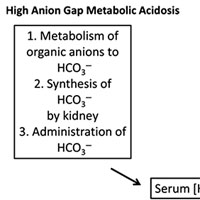
Treatment of Acute Non-Anion Gap Metabolic Acidosis
Acute non-anion gap metabolic acidosis is now recognized to be as a common cause of metabolic acidosis, particularly in the ICU. Further examination of its impact on cellular function and clinical outcome are needed. Most... read more

Warfarin Nonadherence: What Factors Lead Patients with Afib to Discontinue?
Patients with atrial fibrillation (AF) frequently discontinue their warfarin therapy, and a recently-published study offers insight into factors that may contribute to nonadherence. The report, released in JAMA Cardiology,... read more

The 11th Pitfall: Thiamine Deficiency
Thiamine deficiency may occur in critically ill patients in case of increased glucose metabolism (i.e., in septic states or post-surgical phases), sudden or aggressive nutrition delivery to malnourished patients (refeeding... read more

Utility of Adjunct Antibiotics After I+D – Systematic Review + Meta-Analysis
Skin and soft tissue abscesses are a common emergency department (ED) presentation. The approach to management has changed little in recent decades: incision and drainage (I+D) and then discharge home with follow up. However,... read more

What’s New in Severe Pulmonary Embolism?
Severe pulmonary embolism (PE) remains a major cause of mortality. For intensivists managing the most "severe" forms of PE, we highlight the main recent advances in the care of such patients including risk stratification,... read more








